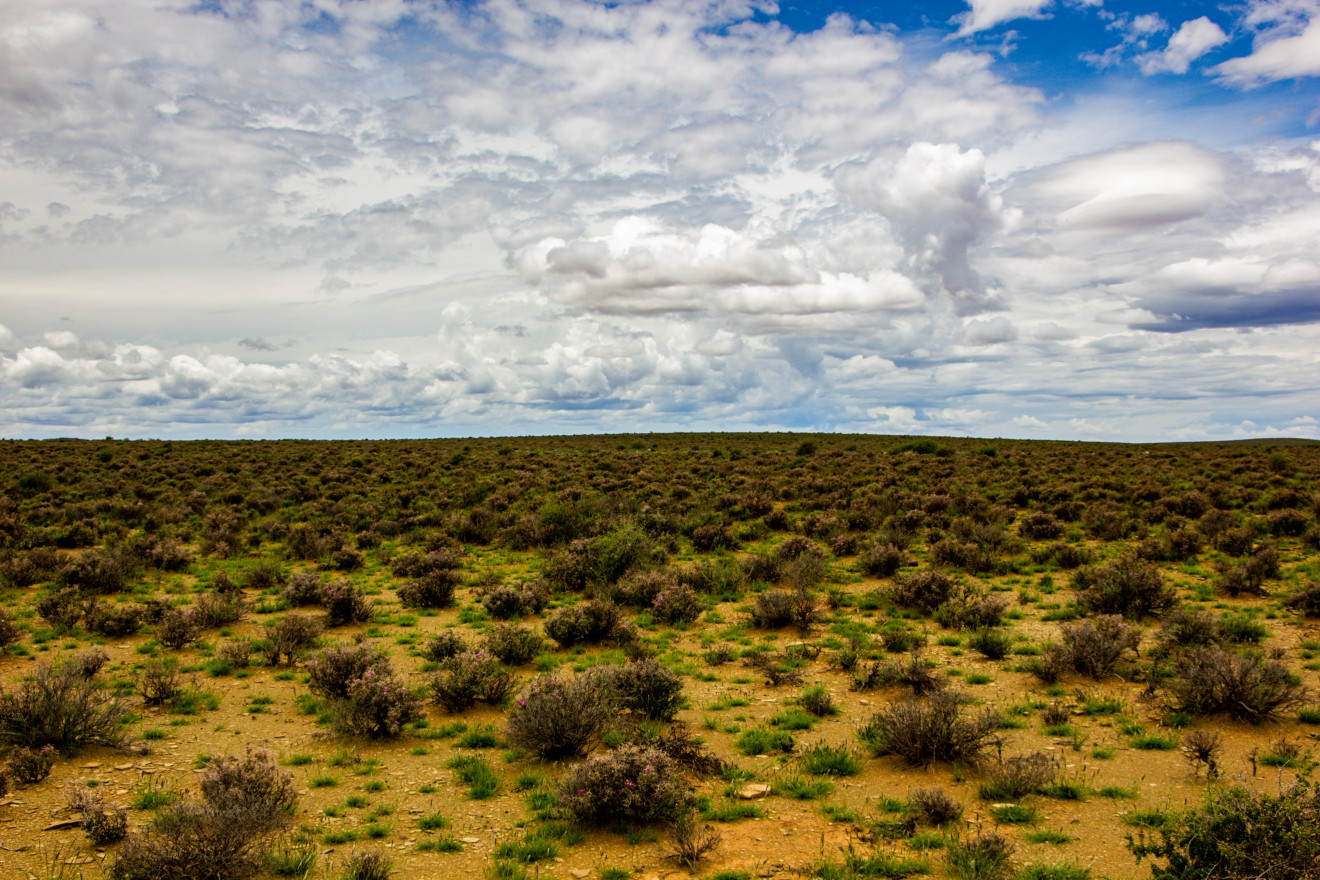
Clouds hang low over Beaufort West, South Africa (Jaunita Swart/Unsplash)

Clouds hang low over Beaufort West, South Africa (Jaunita Swart/Unsplash)
Have we finally cracked the code on controlling the weather? A recent paper published by a group from the University of Reading suggests that by using drones to charge up the water droplets in clouds, we can cause them to combine into bigger ones which, due to the effects of gravity, would be heavy enough to fall from the cloud as rain. This process of merging small drops into big drops –– called collision coalescence –– is one that happens naturally to produce rain; this proposal would expedite the process.
So how does this work? In an interview, Maarten Ambaum, the lead meteorologist in this research, explained exactly how we can merge the water droplets.
“As soon as you have electric charge on something, you get a force between them,” he said. “What we’ve shown in our paper is that this force is always positive, as in it’s always attractive. So that is what the paper is really about –– trying to show that this is an all natural circumstance and that charge will always help the drops to attract each other.”
In order to charge up the clouds, the research team has done tests with drones in the United Kingdom, but their main goal is to get this working in the United Arab Emirates in the Middle East, where they have a very severe water shortage. The UAE is very involved in this research.
“What we’re aiming for is can we make the clouds that they have (in the UAE) –– because they have plenty of clouds –– produce more rain. The clouds that they have don’t produce rain, because the Middle East is very dusty, however it has what we call it the high aerosol loading. That means that it’s very easy to produce cloud drops there, so as soon as clouds get formed they produce small drops. The problem with small drops is that small drops are not rain, and so the only class that is left really is could we make instead of small drops into big drops,” Ambaum said.
Many people have their doubts about this research, however. They worry that it is tampering too much with natural processes. However, Ambaum assures that this is not creating new rain, but expediting the process of collision coalescence.
“The kind of modification we can achieve of actual weather systems is minimal,” said Ambaum. “So what we can hope for with the kind of techniques that we are exploring is that a cloud that is present over a particular area, we might stimulate it to produce a bit more rain or produce rain on a shorter timescale. That is quite far removed from changing the cause of a weather system. I fully agree with the thoughts that it is a shady area in terms of ethics, but I also know what can be achieved with the kind of work that we’re doing. It’s nowhere near geoengineering or weather modification. We’re talking about rainfall enhancement, not weather modification.”
The next steps for Ambaum and his team over the next two to three years will be building charging emitters that are suitable to be placed in cloud seeding aircrafts and working on charge injections to make cloud seeding operations more efficient. Then, one day, they may be able to help targeted areas that are struggling with droughts or wildfires, changing the way we react to these sorts of disasters.